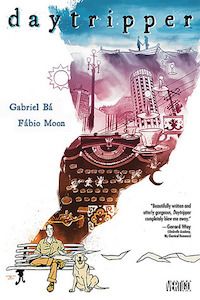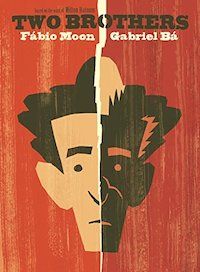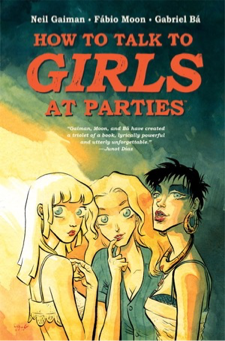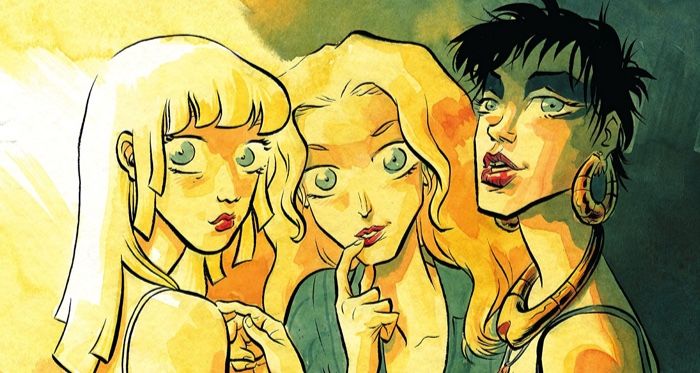Seeing Brazilian comic book artists Gabriel Bá and Fábio Moon’s names on a comic is a mark of high quality. They’ve won several Eisner Awards for their work, and every award was well-deserved.
But Bá and Moon have also gone on to do separate projects. Most people probably know Bá from his work on the Umbrella Academy comic written by Gerard Way that was adapted into the popular Netflix show. Moon has worked on series like Serenity: Firefly Class 03-K64 with Zach Whedon and done variant covers for some of my other favorite series like Gideon Falls.
But my favorite works have been the ones he’s worked on with his twin brother, Fábio Moon. They are a comic book powerhouse, publishing thoughtful stories about life and relationships. In a 2015 interview with the Mary Sue, they talked about how they started drawing from such a young age. Moon wrote, “We’ve been drawing since we were little kids, and so when you have a twin brother and you like to draw, that’s something you can share with your brother, and that, for us, created this bond in drawing. Because we could do it all day long. We could do it everywhere.”
Not only did they start drawing and find that brotherly affection at a young age, they discovered comics. “When we decided to do comics, it was something that we knew we were going to do for the rest of our lives. It was very early on — before getting into high school, we knew that we were going to do comics,” explained Bá. And they made it happen. Thank goodness. The comic world would be lesser without them.
Here are a few books to get you all started on the wonderful work of Gabriel Bá and Fábio Moon.

Daytripper by Fábio Moon and Gabriel Bá, introduction from Craig Thompson; Coloring by Dave Stewart and Lettering by Sean Konot
I’ve written a lot about my adoration for Daytrippers before for Book Riot. It’s one of my favorite comic books, having encountered it around a pivotal birthday that signaled the end of one decade and the beginning of the next. It’s got a touch of magical realism and centers on Brás de Oliva Domingo, who writes obituaries for a living and wonders if he can be a famous writer like his father. In 10 episodes, we see Brás at different stages of his life, and then he dies. It’s part memento mori, showing how fragile life can be, but it’s also a story about how life is about those moments, big and small.

Two Brothers by Fábio Moon and Gabriel Bá
This comic book adaptation of a novel of the same name by Milton Hatoum follows the lives of twin brothers Omar and Yaqub from a Lebanese immigrant family in Brazil. They may be twins, but they have completely different natures, which results in a fight. The family decides to separate the two brothers by sending Yaqub to Lebanon. But time and distance don’t make the heart grow fonder. It’s a story of family jealousy and fraternal discord, told in stark but effective black-and-white images.
“The idea was from the comic book editor and the publisher of the book — basically out of us being twins, and the story being about twins,” Bá said in that interview with the Mary Sue. “It deals with relationships, and the choices we make, and the consequences of your choices on the people around you. It just felt like the [kind of] project that we like to tell, and a perfect fit for us.”

How to Talk to Girls at Parties by Neil Gaiman, Fábio Moon and Gabriel Bá
In another adaptation, Bá and Moon bring Gaiman’s short story “How to Talk to Girls at Parties” to life. It’s got a simple premise: two 15-year-old boys crash a party filled with girls. They are awkward around girls but are determined to try their best. But it soon appears that the girls are not what they seem. It’s a strange fantasy story that has the weirdness of being a teenager trying to find themselves romantically. Bá and Moon bring the story alive with their incredible artwork.
That’s just a taste of their work. I can’t wait to see what else they write and draw in the future. Want more books about Brazil? Check out this list of 14 Brazilian Books in English Translation. Or here’s a list of Neil Gaiman adaptations!

